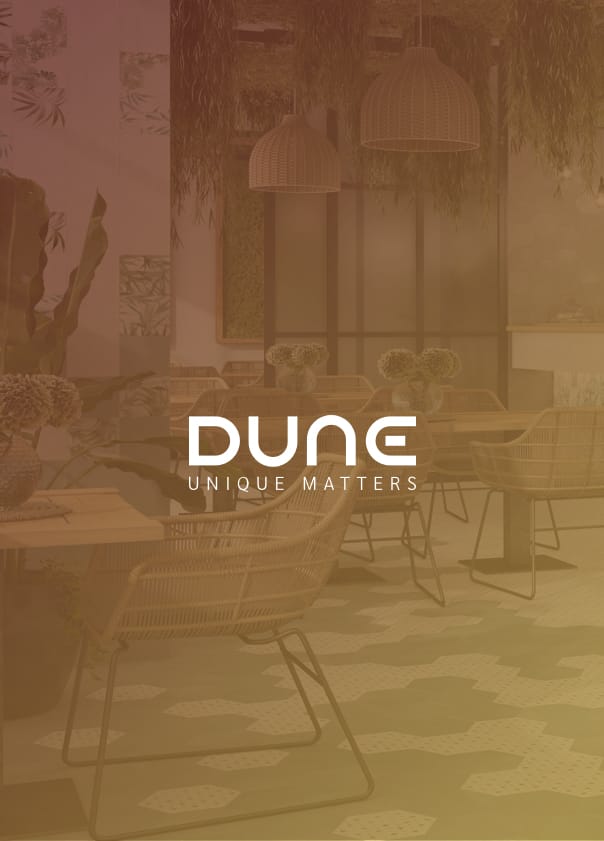1. PROPER PREPARATION OF SURFACE
The wall must be firm, levelled, dry and clean. Uneven surfaces greater than 2 mm must be levelled with specific products. All cracks and imperfections should be repaired, so that the wall is completely smooth. The moisture content of the surface must be under 2%.
2. INSTALLATION MATERIAL
For a correct installation, several factors must be taken into account: Material kind of the wall to be tiled (synthetic pannels, plaster, wood, etc.), wall stability, environmental conditions, kind of surface to be covered , speed of carrying the work, etc. All the above parameters determine the choice of the adhesive kind.
All the adhesive materials recommended by DUNE have been previously tested in our facilities, in controlled environmental conditions and on rigid brick and/or concrete walls. Under different conditions from the above mentioned, it is recommended to test firstly and if in doubt, please contact DUNE or the adhesive distributor.
Use C1 cement based, C2 cement based, or epoxy based adhesives. Do not apply too much of this material and always follow the adhesive manufacturer’s instructions.
DUNE always recommends to test first the material with minimum two pieces before placing all the material.
3. INSTALLATION
We recommend starting the installation from the floor to the ceiling, continue in phase to allow the adhesive the necessary time to get dry. Extend a thin layer of adhesive on to the surface where the piece will be installed (3mm approx.) Then, use a notched trowel no. 3 to make incisions into the adhesive layer. Place the piece while the adhesive is still soft and before a dry layer of film forms on the adhesive surface. Once the piece is placed, press carefully to obtain correct adhesion and cover possible areas without adhesive.
For a better fixing, it is recommended to set the pieces by using some tape or a wooden strip. To correct the position of the bases, it is recommended to take them off and correctly clean their back part before placing them again.
We recommend a minimum joint of 2mm and the use of crosspieces.
For areas with severe thermal dilatation or non-stable surfaces (plasterboard), a minimum joint of 3 mm is strongly recommended.
4. GROUTING
All joints must be perfectly clean and dry and having a minimum depth of 2mm. Use a flat rubber trowel to spread the paste, being sure that the joints are completely covered. Use a wet sponge or neutral PH products – never abrasive products – to wash off immediately the excess of grouting paste from the surface before it dries. If this happens, use a cement remover to clean the surface
For better waterproofing, we recommend an epoxy grouting paste, especially in water areas
Consult the grouting materials table.
Important:The colour of the grouting paste might change the product’s appearance.
We recommend to test with some pieces before grouting the entire surface.
5. CLEANING AND MAINTENANCE
For everyday cleaning, use regular cleaners con PH neutro. Do not use abrasive products.













